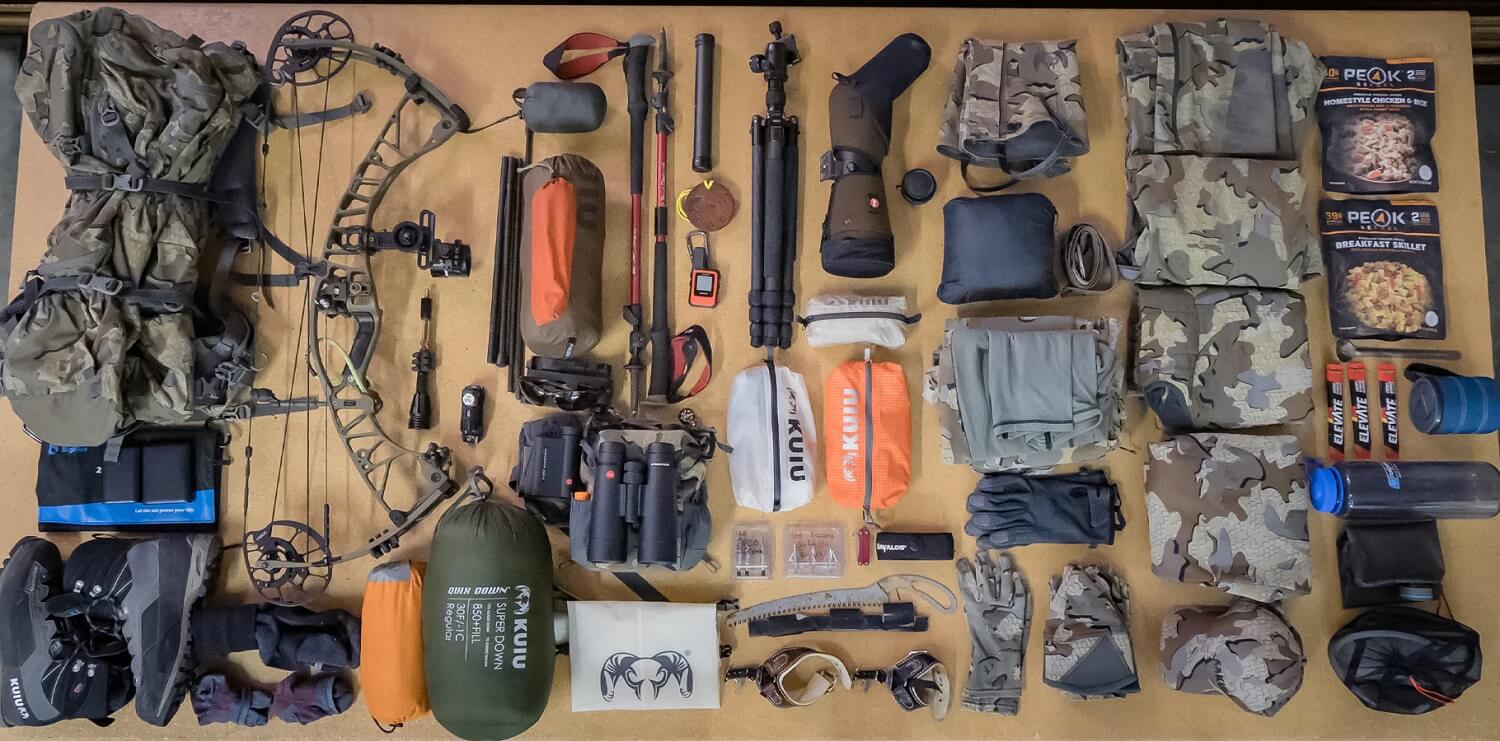Backpack hunting combines the excitement of pursuing game with the challenge of surviving in the backcountry. Unlike day hunts, where your focus is primarily on tracking and spotting game, backpack hunting requires a well-thought-out approach to packing gear. Balancing necessities with weight is a critical skill, as overpacking can slow you down while underpacking can leave you unprepared. This guide provides a comprehensive breakdown of the backpack hunting gear list you’ll need, to help you achieve a successful and comfortable experience in the wild.
1. A Good Hunting Backpack
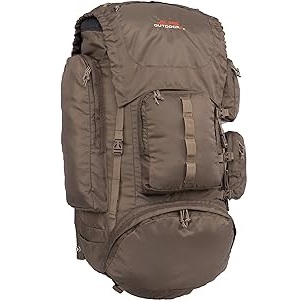
Your backpack is arguably the most important piece of equipment on a multi-day hunt. It should have a capacity of 3,500–6,500 cubic inches, depending on the length of your hunt and the gear you plan to carry. A well-designed backpack with adjustable straps, a sturdy frame, and excellent weight distribution can significantly reduce fatigue during long treks. It’s also essential to consider its durability, as it will endure rough terrain and heavy loads. Popular options include the Mystery Ranch Metcalf and the Stone Glacier Sky 5900, both known for their reliability and comfort.
2. Reliable Shelter System
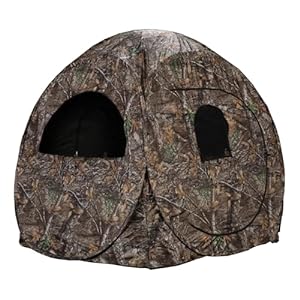
A reliable shelter is crucial for staying protected from the harsh weather during your hunt. Lightweight one-person tents, bivy sacks, or tarps are common choices, depending on your preference and the terrain. Look for waterproof, durable materials that are well-ventilated to ensure comfort and safety. Whether you’re new to hunting or a seasoned pro, RHINO Blinds are a great choice. Their easy setup and takedown ensure a hassle-free experience.
3. Sleep System or Quilt
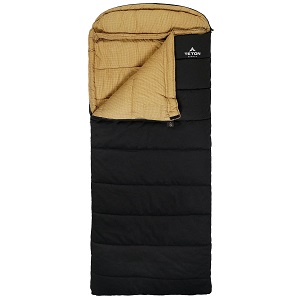
Sleep is essential for recovering energy after a demanding day in the backcountry. A sleeping bag with a temperature rating of 20°F or lower is ideal for most hunting environments, as temperatures can drop significantly at night. Down-filled bags are lighter and more compressible, but synthetic options perform better in wet conditions. Pair your sleeping bag with an inflatable sleeping pad for insulation and comfort. Choose a model that provides an excellent balance of weight and warmth, making them a top choice for hunters.
4. Right Clothing Layers
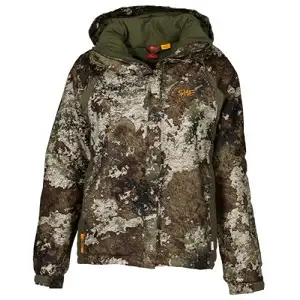
Layering your clothing is vital for adapting to changing weather conditions in the wilderness. Start with moisture-wicking base layers made of merino wool or synthetic materials to regulate body temperature and keep sweat at bay. Add an insulation layer, such as a lightweight puffy jacket, for warmth, and top it off with a waterproof and windproof outer shell for protection against rain and wind. Layering not only ensures comfort but also allows you to adjust your clothing as needed throughout the day.
5. Hunting Gear Weapon
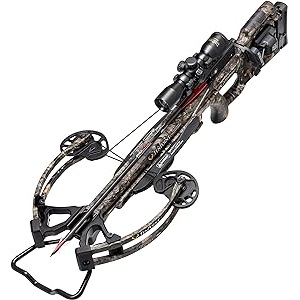
The core of your backpack hunting gear list revolves around your weapon and hunting tools. Whether using a rifle, bow, or muzzleloader, make sure it is suitable for your target species and hunting environment. Carry extra ammunition or arrows, but be mindful of their weight. Optics, including binoculars and rangefinders, are indispensable for spotting game from a distance and improving accuracy. High-quality optics, such as Vortex Diamondback binoculars or a Leupold rangefinder, enhance your hunting efficiency.
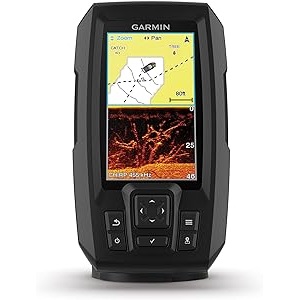
Getting lost in the backcountry is a risk no hunter should take lightly. A GPS device, topographic maps, and a reliable compass are must-haves for navigation. While GPS technology is convenient, maps and a compass provide a fail-safe option in case your device runs out of battery. Marking key locations like game trails, water sources, and your campsite helps you stay oriented and focused during your hunt.
7. Food and Cooking Gear
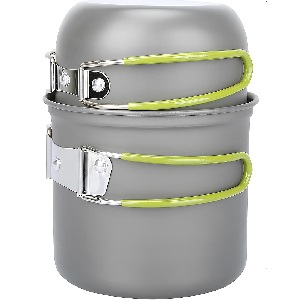
Proper nutrition is vital for maintaining energy during a hunt. Pack lightweight, calorie-dense meals such as freeze-dried foods, energy bars, nuts, and jerky. These options provide essential nutrients without adding excessive weight. For cooking, a compact stove is efficient and easy to use. Don’t forget to carry enough fuel, a lightweight pot, and utensils. Organize your food to minimize bulk and ensure easy access during your trip.
8. Water System for Emergencies
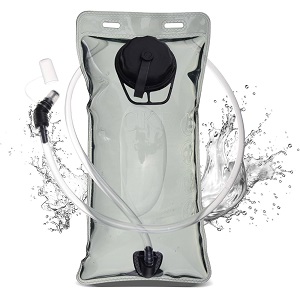
Hydration is critical for maintaining stamina and preventing fatigue. For flexibility, carry a combination of hydration bladders and collapsible water bottles. A filtration system allows you to refill from natural water sources safely. In arid regions where water is scarce, consider carrying a larger water reservoir to ensure an adequate supply.
9. Emergency and Survival Gear
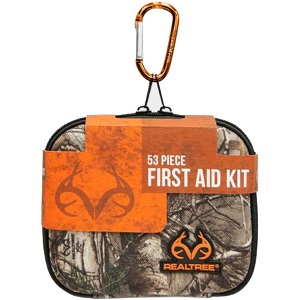
Unexpected situations can arise at any time in the wilderness, making survival gear essential. A first aid kit should include bandages, antiseptics, and any personal medications. Fire starters, an emergency blanket, a multitool, and a headlamp with spare batteries are equally important for handling emergencies. These items are small but invaluable for ensuring your safety in challenging conditions.
10. Game Processing Gear
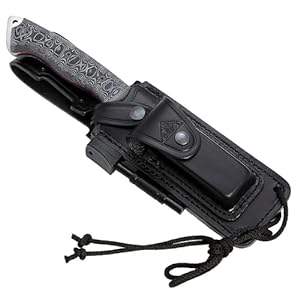
Processing your game in the field is a key aspect of backpack hunting. Lightweight game bags are essential for storing meat while keeping it clean and protected. Field knives, such as the CELTIBERO Premium and high-quality bone saw simplify the process of skinning and quartering. Prioritize tools that are easy to handle and maintain, as efficiency is crucial during this stage of the hunt.
The Essential Gear That Never Leaves My Hunting Pack
Several small items can enhance your hunting experience:
- Trekking poles provide stability on uneven terrain and help conserve energy.
- A rain cover protects your backpack and gear from getting wet.
- A repair kit is indispensable for fixing equipment on the go.
These seemingly minor additions can significantly affect your overall comfort and preparedness.
Conclusion
Backpack hunting is a challenging yet deeply rewarding pursuit that tests your skills, endurance, and preparedness. Investing in a long-lasting, lightweight, and functional backpack hunting gear list ensures you’re well-equipped to face the wilderness. Use this guide as a foundation to customize your packing list based on the specific hunt, terrain, and weather conditions you’ll encounter. Careful planning and the right equipment will significantly enhance your comfort and increase your chances of a successful hunt.
